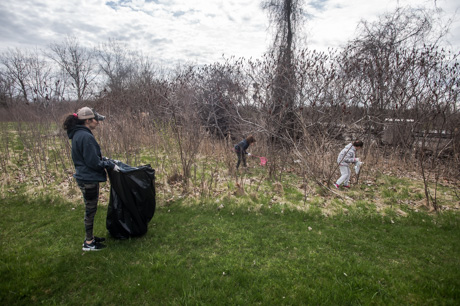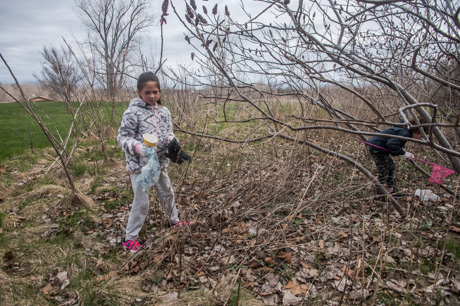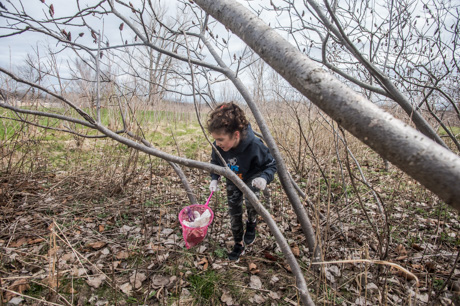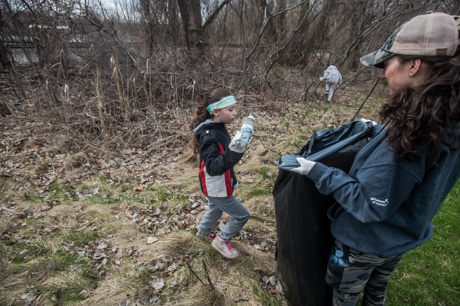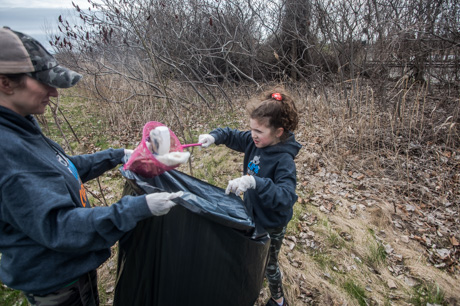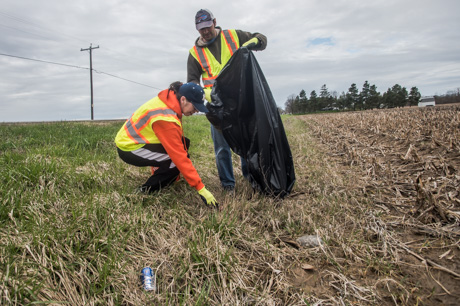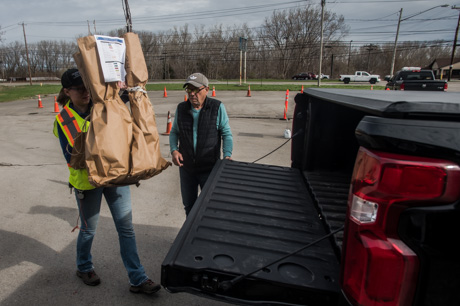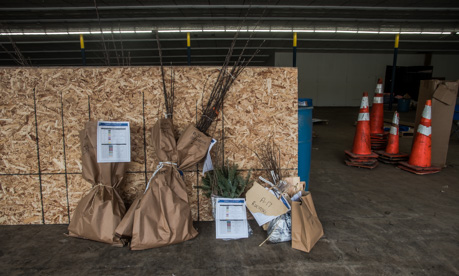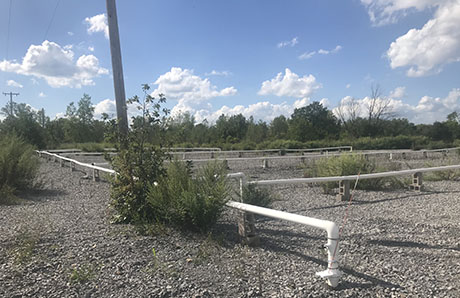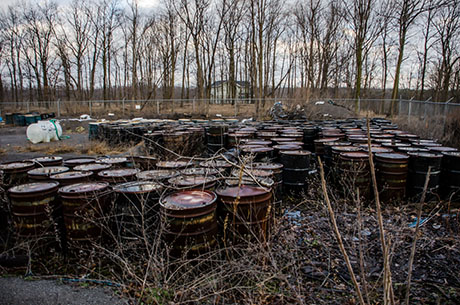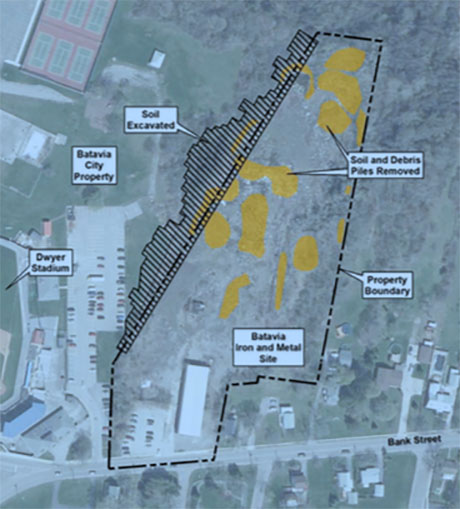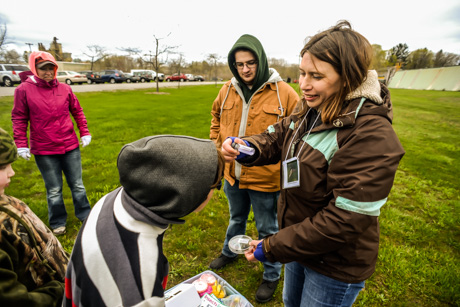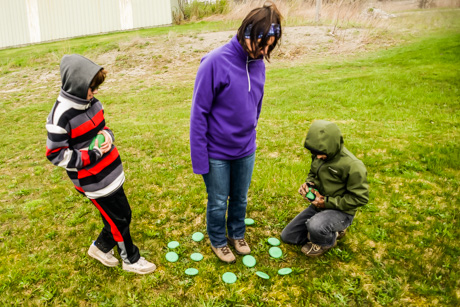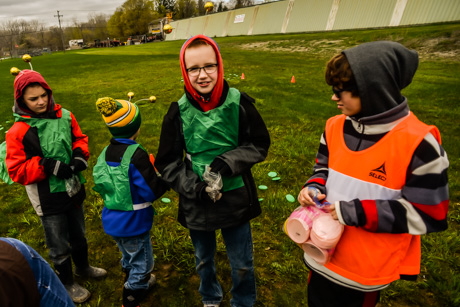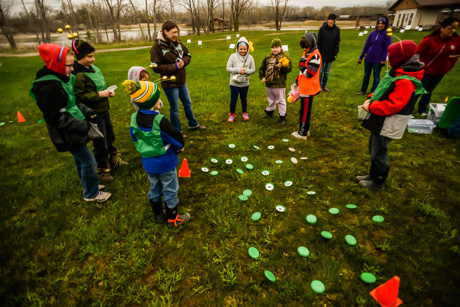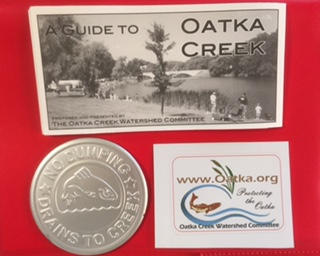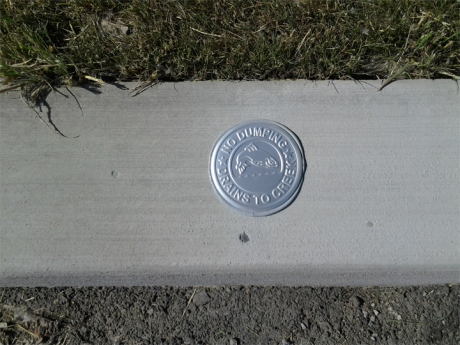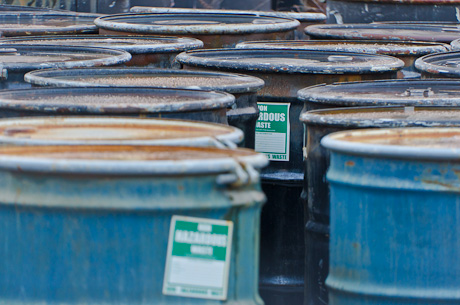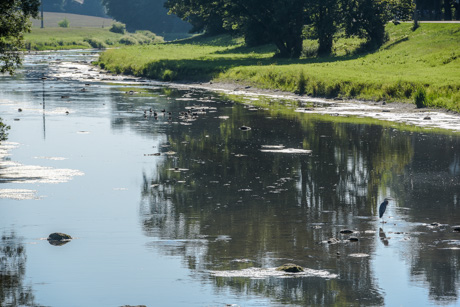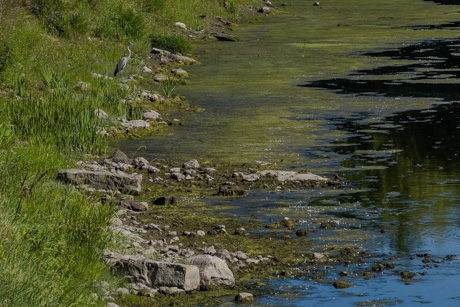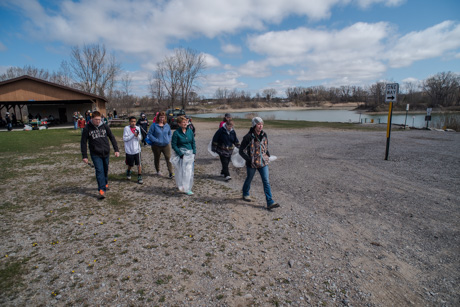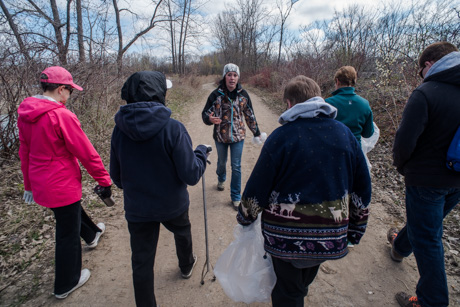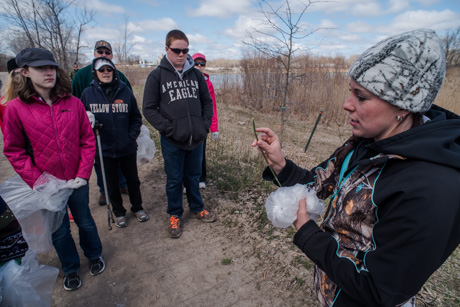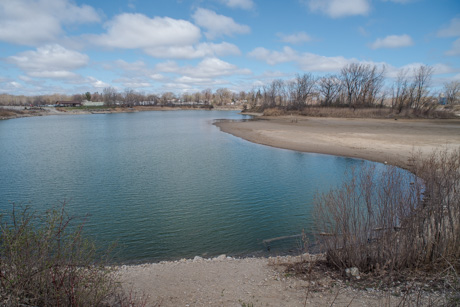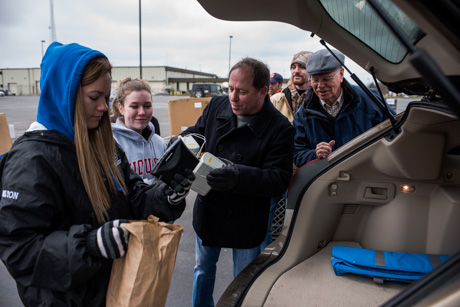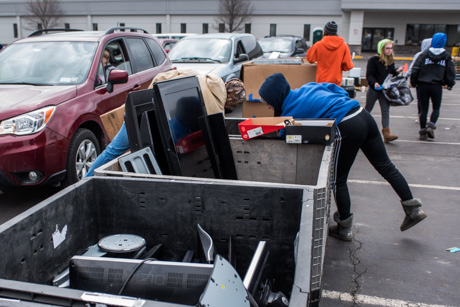Press release:
A new Genesee River Blueway Map is ready for use by canoeists and kayakers who wish to explore and connect with the Genesee River.
The downloadable Overview Map (pdf) shows current river access locations from Pennsylvania to Lake Ontario.
A web-based Interactive Map gives users detailed information about each access point, including photos of the sites. Printed copies of the Overview Map will be available at access points over the next few months as signage and map holders are installed.
Genesee RiverWatch partnered with Genesee River Wilds in Allegany County and the Genesee Valley Conservancy in Geneseo to develop the Blueway Map.
The new map updates a 2004 version produced by the Sierra Club Rochester Regional Group.
Today’s map adds new sites and removes those which have fallen into disrepair and are unsafe to use. The addition of an expanded online map will allow information to be updated frequently and to include data on river conditions and nearby services that would not fit on a printed document.
The work was funded by a $25,000 grant from New York Sea Grant and financial and in-kind support from the Greater Allegany County Chamber of Commerce.
As part of this project, Genesee RiverWatch has developed a prioritized list of sites for new and improved access based on input from stakeholders and citizens, aerial imaging, GIS, the work of others, and site visits.
This work is summarized in the Genesee River Canoe/Kayak Access Improvement Plan 2019 and will be used as guidance for future funding applications.
Additional Information
Genesee River Facts
The Genesee River flows 157 miles from its sources near Gold, Pennsylvania to Lake Ontario at Rochester, New York. The Genesee Basin drains approximately 2,500 square miles in Monroe, Livingston, Genesee, Orleans, Wyoming, Ontario, Steuben, Allegany and Cattaraugus counties in New York and Potter County in Pennsylvania. Twenty-four sub-watersheds of the Genesee contain 5,048 miles of streams.
Current land use within the watershed is approximately 52-percent agricultural, 40-percent forest, 4-percent urban, 2-percent wetlands, and 2-percent other developed lands.
The Genesee River has been shaped by its glacial history. The last glacier receded around 12,000 years ago, leaving the spectacular Letchworth gorge and magnificent waterfalls, but also unconsolidated soils that erode easily and produce approximately 420,000 tons of river sediment each year.
Genesee RiverWatch
Genesee RiverWatch Inc. improves the water quality of the Genesee River and its tributaries to create environmental, recreational, and economic assets for its communities. We also connect people to the river, encouraging them to explore, experience and celebrate the river.
Contact George Thomas at (585) 233-6086 or Gthomas@ceinfo.org
Genesee River Wilds
Genesee River Wilds is an organization of like-minded people whose goal is to develop the use of the upper Genesee River for outdoor recreation and enjoyment of the natural environment. We focus on improving existing facilities, constructing new infrastructure, expanding trails, adding parks and on balancing development with ecological conservation.
Contact Thomas Rhett at: Thomas.Rhett16@houghton.edu
Genesee Valley Conservancy
The Genesee Valley Conservancy is a not-for-profit land trust that strives to conserve important natural resources and strengthen connections between people and the land in the Genesee River watershed.
Since 1990, GVC has worked to permanently protect important wildlife habitat, working farms and forest land, and expansive natural areas within Livingston, Wyoming, Allegany, Ontario, Steuben, and Monroe counties.
In addition to directly conserving land, Genesee Valley Conservancy facilitates sound land-use planning amongst municipalities for the benefit of the community. Genesee Valley Conservancy also owns three nature preserves, open to the public year-round for outdoor recreation such as hiking and canoeing and hosts educational lectures and walks on protected property.
